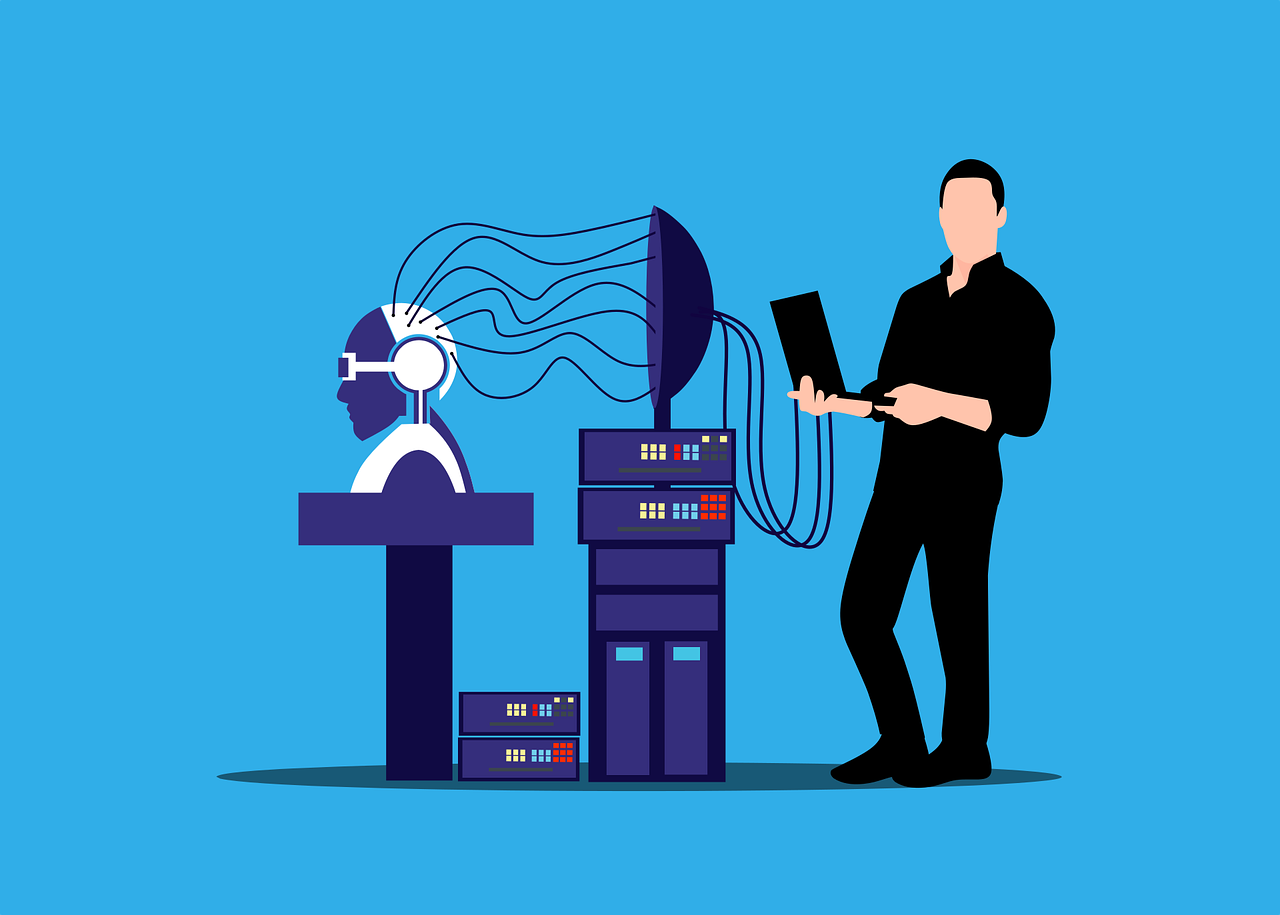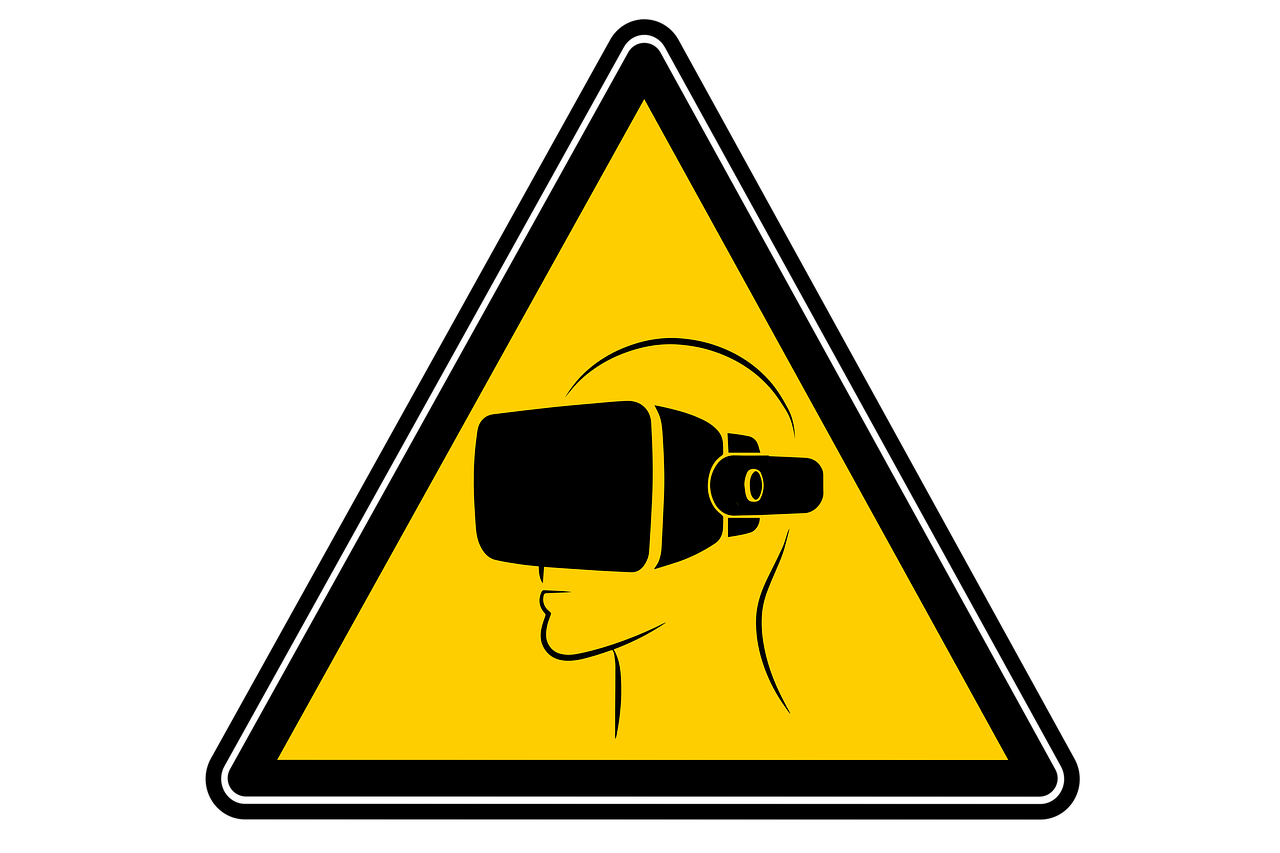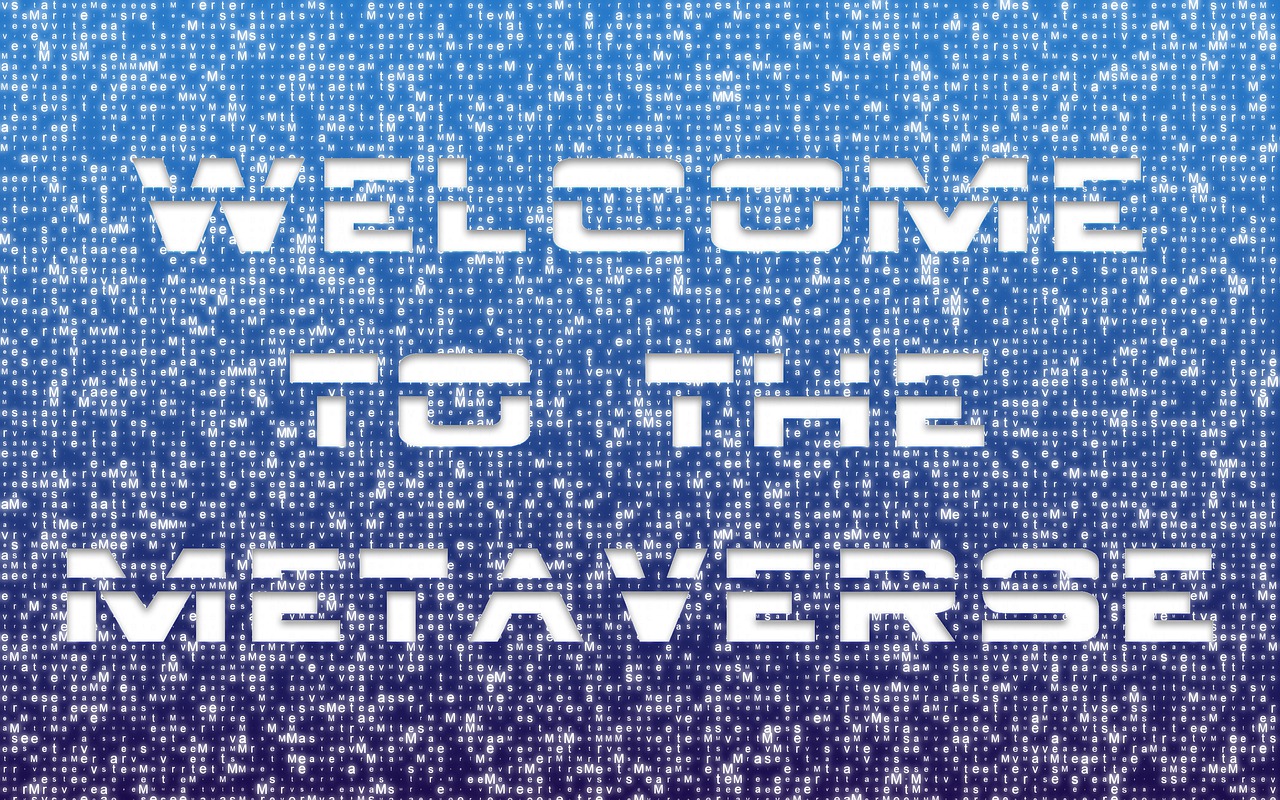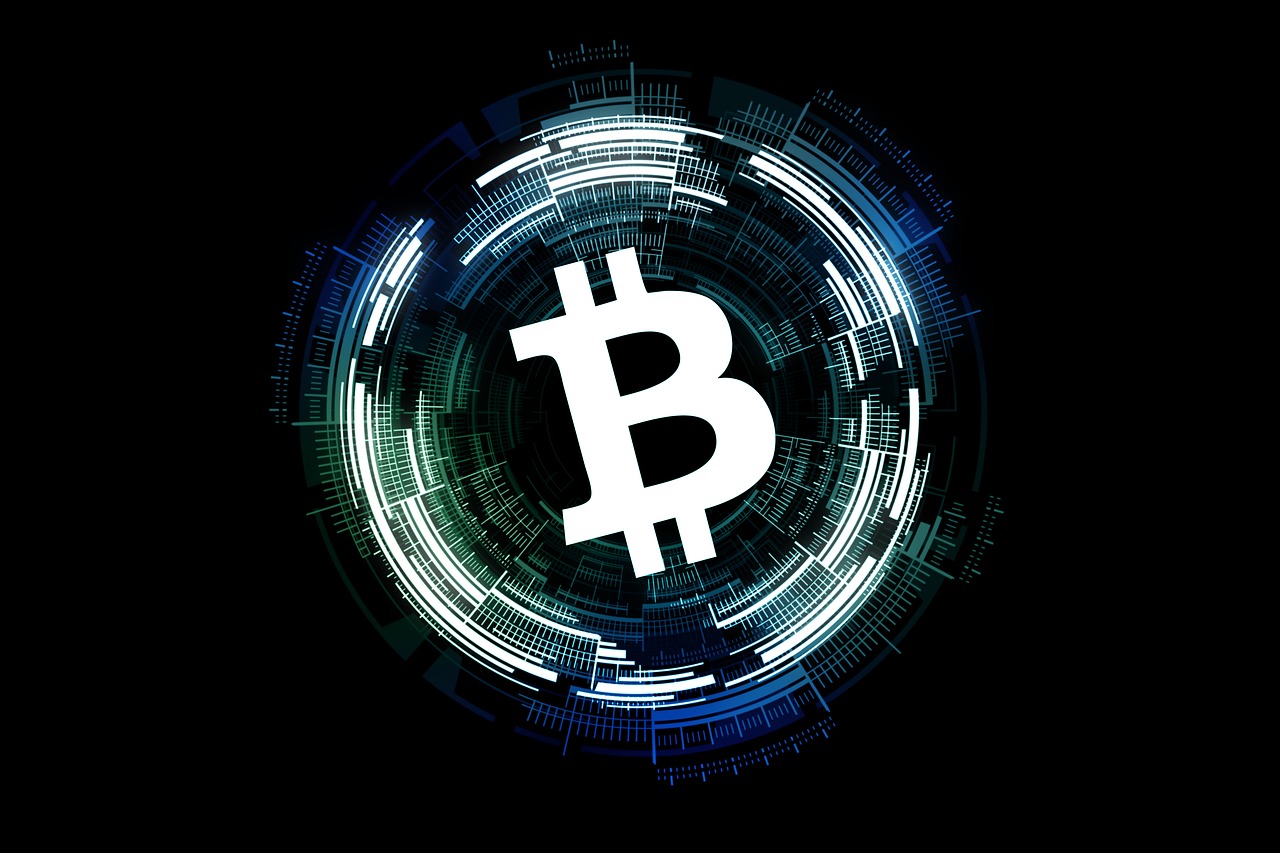What is the Metaverse?

The Metaverse is a futuristic vision of a network of virtual 3D worlds focused on social connection. It builds upon advances in virtual reality (VR) and augmented reality (AR) to create persistent online spaces. Here, users can interact through digital avatars.
While VR and AR overlay computer-generated content onto the real world, the Metaverse aims to create expansive virtual worlds that people can “live” inside of. These virtual environments allow users to explore, socialize, play, collaborate and more while represented by customizable avatars. The Metaverse is still an emerging concept, but it essentially envisions an evolution of the internet from 2D web pages to immersive 3D spaces connected into a perceived virtual universe.
Some key components that make up the Metaverse include:
- Persistent virtual worlds that continue to exist and evolve even when you’re not actively using or viewing them.
- A shared sense of presence, space and time – when people enter the Metaverse, they all experience the same virtual environment from their own perspective.
- Continuity across different “universes” and experiences within the Metaverse. Your identity, avatar, items, communications can follow you across different worlds and applications.
- The ability to create unique digital assets and economies based on scarcity, demand and user-generated content. Ownership tracked by blockchain and cryptocurrencies.
- Support for diverse real-time social interactions between users through their avatars, replicating how we interact in the physical world.
The Metaverse integrates concepts from social media, online games, AR, VR and blockchain to move beyond what we experience today into persistent virtual worlds where our digital and physical lives become more seamlessly integrated. While still a developing technology, the Metaverse represents an evolution in how we experience the internet and interact with each other through it.
Key Components of the Metaverse
The Metaverse encompasses several key components that set it apart from traditional virtual worlds and experiences. These include:
Persistent Virtual Worlds
Unlike a video game or virtual reality experience that resets after you exit, Metaverse environments will persist as you come and go. The virtual world continues even when you aren’t actively logged in or participating. This creates a feeling that the Metaverse worlds are always “alive” and active.
Immersive Digital Environment
Using VR and AR technology, Metaverse platforms will allow users to fully immerse themselves in a realistic digital environment. You can engage with digital objects, explore virtual settings, and interact with other users much like in the real world. The goal is to create digital spaces that feel lived-in and lifelike.
Interoperability Between Worlds
While the Metaverse may consist of many different virtual worlds or applications, one key component is ensuring they can all interoperate. Your avatar, digital assets, and identity should be able to transfer across the different environments. This preserves your unified sense of self as you navigate between worlds.
Ownership of Digital Assets
An important aspect of Metaverse worlds is that users can securely own, accumulate, and trade digital assets. This includes avatars, clothing, virtual property, and more. Blockchain technology enables true ownership of scarce digital goods, both within individual apps and across the entire Metaverse.
Virtual Economies
The Metaverse aims to have robust virtual economies where users can participate in a wide range of financial transactions. Digital currencies and assets play a central role as users can buy, sell and trade virtual goods and services.
Blockchain technology enables these virtual economies by allowing secure transactions through cryptocurrencies like Bitcoin and Ethereum. Smart contracts on the blockchain also facilitate more complex operations like auctions, loans and crowdfunding.
Global brands are starting to enter the Metaverse with plans to let users purchase branded digital assets. Nike, for example, has filed several trademarks centered on selling virtual sneakers and apparel. Gucci has also sold digital-only items in Roblox at higher prices than the physical versions.
As these virtual worlds evolve, virtual economies promise to replicate real-world economic activities on a larger scale. Users may be able to securely buy digital property, clothing for their avatars, services provided by other users and much more. The ability to monetize creations inside virtual worlds can also enable new business models and job opportunities.
Avatars and Digital Identity

In the Metaverse, users will have fully customizable avatars that allow them to build a unique digital identity. From clothing to hairstyles, accessories, and more, every aspect of your virtual self can be tailored to your exact preferences. This opens up exciting possibilities for self-expression.
Your avatar essentially becomes an extension of your real self. It allows you to manifest the appearance you desire, without physical world limitations. Avatars empower people to showcase their true personalities and creativity through their virtual representations.
Users can build rich digital identities that persist across the Metaverse. As you move between virtual spaces, your distinct avatar remains intact. This continuity of identity is a core component that stitches the Metaverse together into a shared virtual realm.
You develop social connections and reputations linked to specific avatars. It gives people the freedom to explore different facets of their identity in the digital world. Some may choose avatars that closely mirror their real self, while others may develop alternate personas. The only limit is your imagination.
Avatars promise to remove barriers to self-expression. You can be whoever you want in the Metaverse. By letting users customize their ideal virtual selves, the Metaverse heightens engagement and makes digital interactions more personalized.
Immersive Digital Experiences
The Metaverse aims to create fully immersive digital experiences that are indistinguishable from real life. Instead of just viewing content on screens, users will be able to be fully immersed within digital environments using technologies like virtual reality and augmented reality.
Some potential immersive experiences in the Metaverse include:
- Attending virtual events, concerts, conferences, or other live experiences with other users’ digital avatars. Users would be able to move around these virtual environments, interact with other attendees, and experience the event as if they were there in person.
- Traveling virtually to real-world locations or imagined fantasy settings. Users could explore digital recreations of places around the world or entirely fictional locations.
- Trying on digital clothing, accessories, or other items. Retailers could create virtual dressing rooms where users can customize their digital avatar with various apparel and see how items fit and look when worn.
The goal is to make these digital experiences feel as real and immersive as possible. Advanced graphics, motion tracking, and haptic feedback could allow users to interact naturally with the virtual environment and other users, blurring the lines between real and digital worlds. Fully immersive digital experiences represent an exciting potential application of the Metaverse.
Seamless Social Interactions
In the metaverse, seamless social interactions redefine the way we connect, communicate, and collaborate in virtual environments. Within this digital realm, individuals transcend physical barriers, engaging in immersive experiences that blend the real and virtual worlds. Seamless social interactions are at the heart of this metaverse, facilitating meaningful connections and fostering vibrant communities.
Fluidity of communication
One key aspect of seamless social interactions in the metaverse is the fluidity of communication. Through advanced technologies such as virtual reality (VR) and augmented reality (AR), individuals can engage in natural conversations, gestures, and expressions, mimicking real-life interactions. Whether it’s a casual chat with friends, a business meeting, or attending virtual events, the metaverse offers a range of communication tools that prioritize authenticity and presence.
Transcending geographical boundaries
Furthermore, the metaverse promotes inclusivity by transcending geographical boundaries and physical limitations. People from diverse backgrounds and locations can come together in shared virtual spaces, forming connections based on common interests, passions, and goals. This inclusivity extends to accessibility features that ensure everyone can participate in social interactions, regardless of disabilities or limitations.
Immersive experiences
Moreover, seamless social interactions in the metaverse are enriched by immersive experiences and interactive environments. From virtual concerts and art exhibitions to multiplayer games and collaborative projects, individuals can engage in a wide array of activities that promote creativity, exploration, and social bonding. These experiences blur the line between the digital and physical worlds, creating memorable moments and fostering a sense of belonging within virtual communities.
In conclusion, seamless social interactions are fundamental to the metaverse, shaping how we connect and interact in virtual environments. By prioritizing communication, inclusivity, and immersive experiences, the metaverse redefines the possibilities of social interaction, bringing people together in ways that transcend traditional boundaries. As this digital frontier continues to evolve, seamless social interactions will remain at the forefront, driving innovation and connectivity in the metaverse.
As we conclude

As we conclude our exploration into the metaverse, it’s evident that we stand on the threshold of a revolutionary era in human interaction and connectivity. The journey beyond reality, into this immersive digital realm, offers boundless opportunities for creativity, collaboration, and community-building.
The metaverse transcends the limitations of physical space, enabling individuals from all walks of life to come together in shared virtual environments. Through seamless social interactions, we can communicate, collaborate, and connect in ways that were once unimaginable. Whether it’s attending virtual events, exploring immersive experiences, or simply engaging in casual conversations with friends from around the world, the metaverse invites us to expand our horizons and redefine the boundaries of human interaction.
Moreover, as technology continues to advance, the possibilities of the metaverse are only limited by our imagination. From augmented reality overlays that blend the virtual and physical worlds to virtual reality simulations that transport us to fantastical realms, the metaverse offers a canvas upon which we can paint our wildest dreams and aspirations.
However, as we embark on this journey into the metaverse, it’s essential to consider the implications of our actions and the responsibility we hold in shaping this digital frontier. With inclusivity, accessibility, and privacy at the forefront of our efforts, we can ensure that the metaverse remains a welcoming and empowering space for all.
In the end, the metaverse represents not just a technological innovation, but a cultural and societal shift towards a more interconnected and immersive future. So, let us step boldly into this brave new world, embracing the endless possibilities that await us in the boundless expanse of the metaverse.



